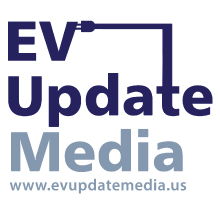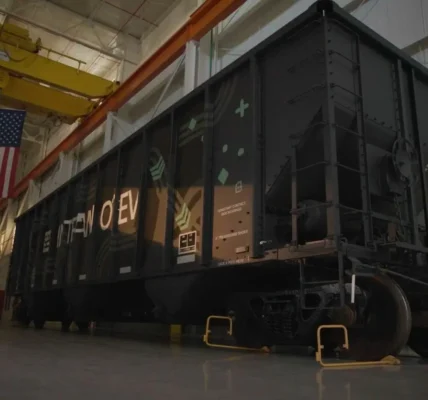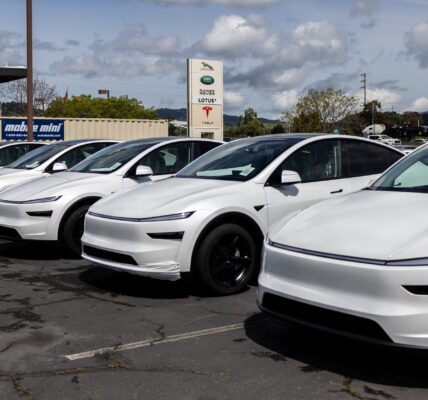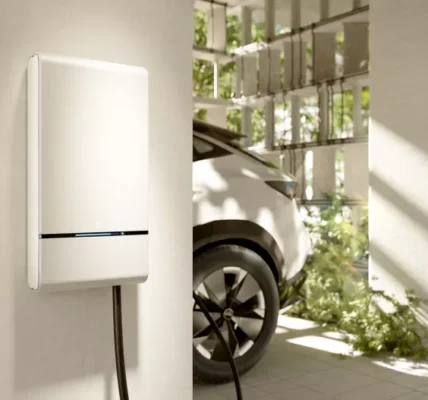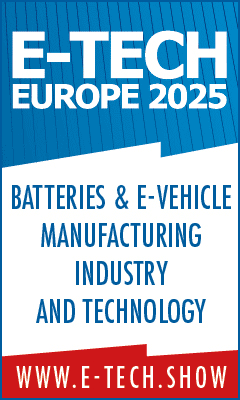Arizona is becoming EV country. With nearly 90,000 electric vehicles registered there, it’s among the top 10 states for EV ownership in the nation per capita, according to the U.S. Department of Energy. Also big in Arizona is hydroelectric power. All told, the state is home to 11 hydroelectric dams that supply approximately 5 percent of its electricity, according to the U.S. Energy Information Administration.
What does hydropower have to do with EVs, one might wonder? Quite a lot, actually, says systems engineer and energy futurist Josh Loughman , an Affiliate Global Futures Scholar at Arizona State University’s Global Futures Laboratory.
“Phoenix, where I am, is a rapidly growing city, so demand for electricity is growing and EVs are trending way up,” Loughman observes. “At the same time, Phoenix is part of the Colorado River system that’s in a historic drought. Water scarcity is a big challenge, so there’s a really interesting history here of water-technology innovation, including hydropower. In fact, one of the very first federal (hydroelectric dams) in the country is Roosevelt Dam just outside Phoenix.”
Phoenix is like a lot of U.S. cities, Loughman notes: Over time, it will need more power to fuel EV charging infrastructure — and, presumably, more renewable energy sources to provide it.
“Trading gasoline-powered cars for electric vehicles that get their energy from natural gas-powered electricity plants doesn’t produce much gain from a climate perspective,” Loughman says. “But if you’re powering electric vehicles with renewable energy, then you’re actually achieving decarbonization.”
From Reservoirs to Roads
Although EVs have a long way to go before they’re ubiquitous, EV adoption is accelerating quickly, according to the International Energy Agency (IEA). EVs constituted approximately 18 percent% of all global new car sales cars sold in 2023, which was up from 14 percent in 2022 and just 2 percent in 2018, it IEA reports. In the U.S., EVs represented 8.1 percent of new car sales in 2024, according to Cox Automotive.
Instead of waiting for EV adoption to crest, the energy sector needs to act now to modernize the electric grid, says Justin Trudell , president and CEO of FirstLight Power, a clean power producer with operations in Massachusetts, Connecticut, Pennsylvania and Canada. “Along with things like AI (artificial intelligence) and data centers, EV adoption is driving the need for more megawatts on the grid,” Trudell explains. “When you pair that with states’ aggressive decarbonization goals, it’s clear that more electricity needs to come from clean sources.”
Hydroelectric power is especially promising, according to Trudell, whose company in 2022 installed two bidirectional EV charging stations in the visitor parking lot outside at Northfield Mountain Pumped Hydro Storage Station, its flagship facility in Northfield, Mass., and the largest energy storage facility in New England. : Northfield Mountain Pumped Hydro Storage Station, which it describes as a “giant water battery.” The facility consists of a manmade dam on top of a mountain that stores water pumped there in from the nearby Connecticut River; when water is released from the reservoir back into the river, it flows downhill through turbine generators located in the mountain’s belly, generating creating electricity in the process.
“The beautiful thing about hydro … is that it is a stable, 24/7 source of clean energy,” Trudell explains. “That makes it a great enabler of intermittent renewables. Because it provides a base load of clean energy, I can bring that clean hydro onto the grid when the sun isn’t shining or when the wind isn’t blowing.”
Its sStability is one advantage of hydropower. Its vVersatility is another, according to Michael Purdie , director of regulatory affairs and market strategies at the National Hydropower Association (NHA), whose mission is promoting the growth of hydropower and marine energy. “Hydro can take a number of shapes or forms,” he says. “It’s base-load power, but it’s also dispatchable power that can quickly respond to the needs of the grid.”
While base-load power is the steady, always-on supply of electricity that keeps the grid running, dispatchable power is power that can be quickly turned on and off in response to changes in energy demand.As a result of its versatility, wWhen consumption of electricity surges — because a lot of EV owners are charging their vehicles at once overnight, for example — hydroelectric plants can quickly scale up production to satisfy consumers’ needs.
Riding the hydro wave
To leverage hydropower as fuel for EV growth, the U.S. needs to maintain existing hydropower plants while also building new ones, according to Purdie.
Building and maintaining utility-scale hydro is cost-heavy and resource-intensive. But even smaller-scale projects can be impactful, insists John Doran , founder, president and owner of PlugIn Stations Online (PISO), a Valatie, N.Y.-based installer of EV chargers and infrastructure across the Northeast. In 2020, his company opened a warehouse inside a dormant hydropower plant. The plant became operational again in 2021, and in 2023 Doran installed just 100 feet away from it an EV charger that’s 100%fully powered by the plant’s hydroelectric generator.
“There are existing dams and hydroelectric stations all across New York and the Northeast — across the whole country, probably — that are shut down and just sitting there,” Doran says. “If you could get those up and running and put in two or three Level 2 EV chargers, the return on that investment would be huge.”
